J a p a n

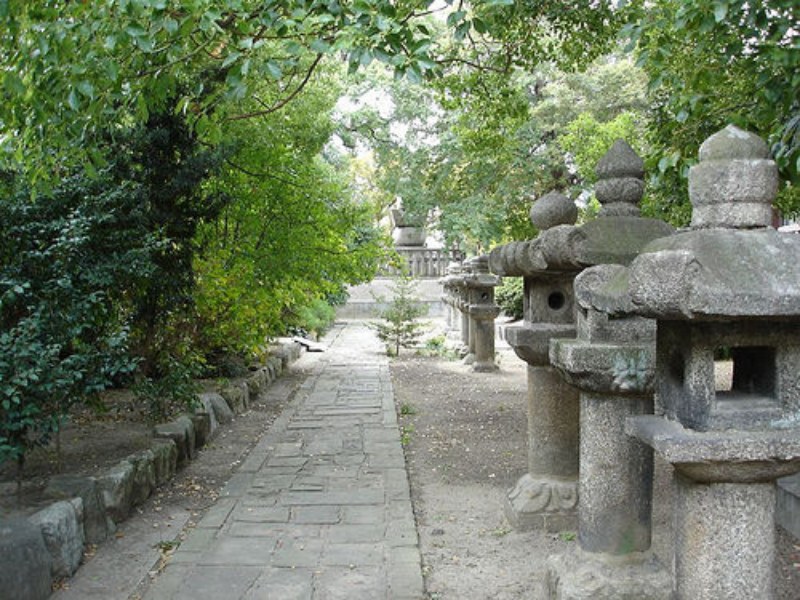 Fukuoka
Fukuoka
Fukuoka () is the capital city of Fukuoka Prefecture and is situated on the northern shore of the island of Kyushu in Japan.
Ranked 12th of the world's most livable cities in the magazine Monocle in 2012, Fukuoka was praised for its green spaces in a metropolitan setting.[1] It is the most populous city in Kyushu, followed by Kitakyushu. It is the largest city and metropolitan area west of Keihanshin. The city was designated on April 1, 1972, by government ordinance. Greater Fukuoka (福岡都市圏), with 2.5 million people (2005 census), is part of the heavily industrialized Fukuoka–Kitakyushu zone as well as Northern Kyushu.
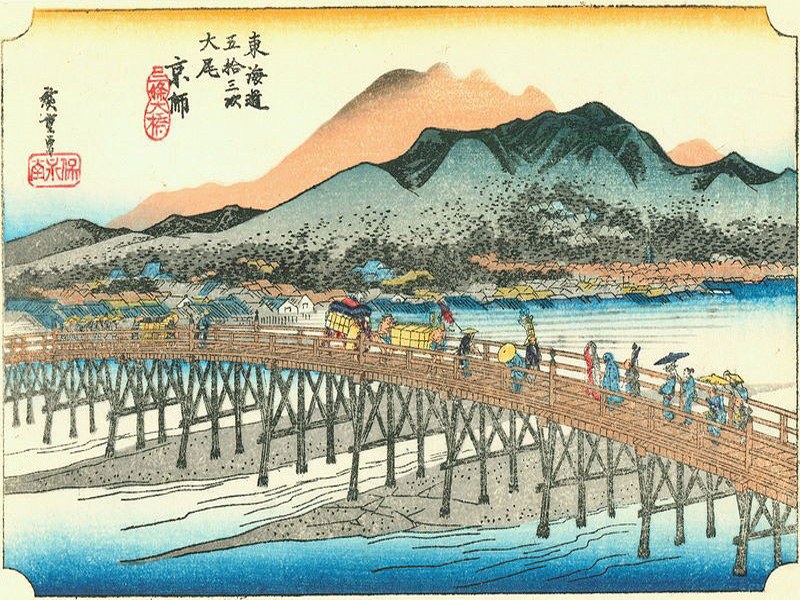 Hiroshima
Hiroshima
Hiroshima ) (listen (help·info)) is the capital of Hiroshima Prefecture, and the largest city in the Chūgoku region of western Honshu, the largest island of Japan. It is best known as the first city in history to be targeted by a nuclear weapon when the United States Army Air Forces (USAAF) dropped an atomic bomb on it at 8:15 a.m. on August 6, 1945, near the end of World War II.Its name means "Wide Island". Hiroshima gained city status on April 1, 1889. On April 1, 1980, Hiroshima became a designated city. Kazumi Matsui has been the city's mayor since April 2011.
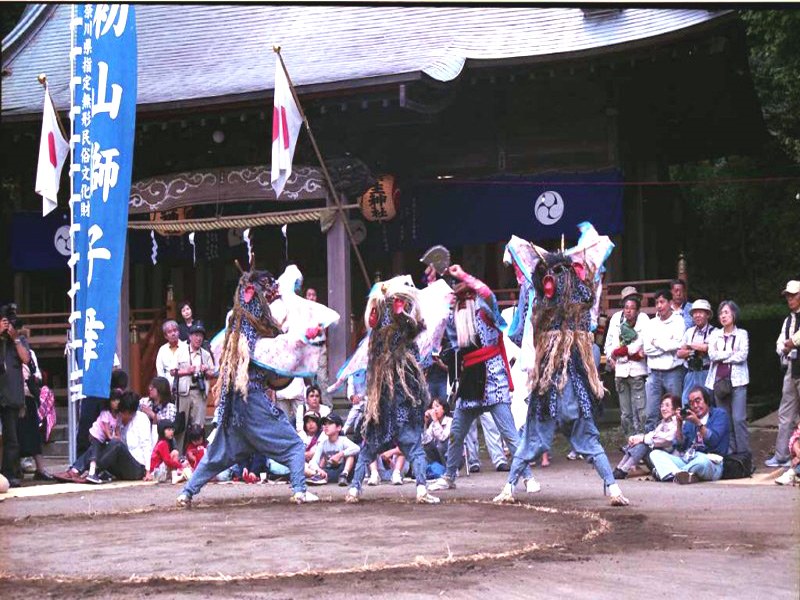 Kawasaki, Kanagawa
Kawasaki, Kanagawa
Kawasaki (is a city located in Kanagawa Prefecture, Japan, between Tokyo and Yokohama. It is the 9th most populated city in Japan and one of the main cities forming the Greater Tokyo Area and Keihin Industrial Area. Kawasaki occupies a belt of land stretching about 30 kilometres (19 mi) along the south bank of the Tama River, which divides it from Tokyo. The eastern end of the belt, centered around JR Kawasaki Station, is flat and largely consists of industrial zones and densely built working-class housing, the Western end mountainous and more suburban. The coastline of Tokyo Bay is occupied by vast heavy industrial complexes built on reclaimed land.The western area of Kawasaki, also known as the Tama Hills, largely consists of newly developed residential areas which are connected to Tokyo by the Odakyū Odawara Line and Tokyu Denentoshi Line. The area also houses several university campuses, suburban commercial developments and light industrial complexes.
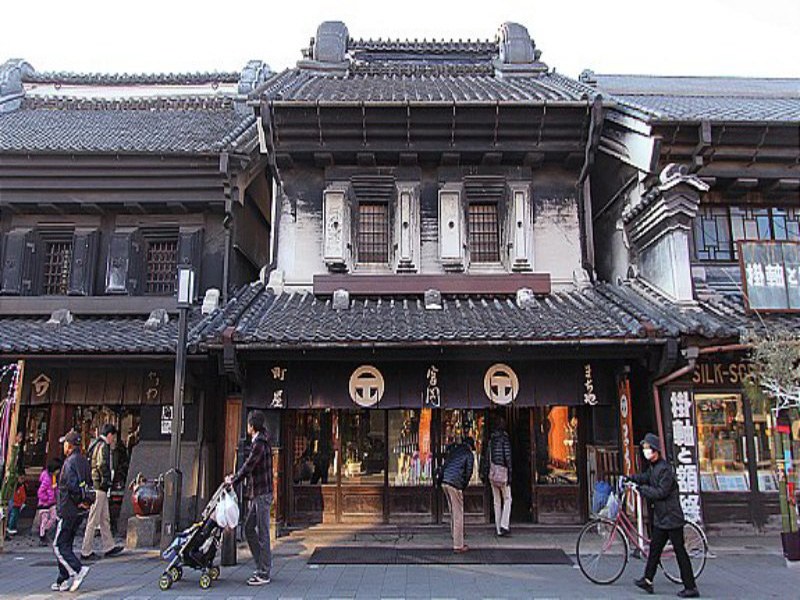 Saitama
Saitama
Saitama is the capital and the most populous city of Saitama Prefecture in Japan, situated in the south-east of the prefecture. Its area incorporates the former cities of Urawa, Ōmiya, Yono and Iwatsuki. It is a city designated by government ordinance. Being in the Greater Tokyo Area and lying 15 - 30 kilometres north of central Tokyo, many of its residents commute into Tokyo.
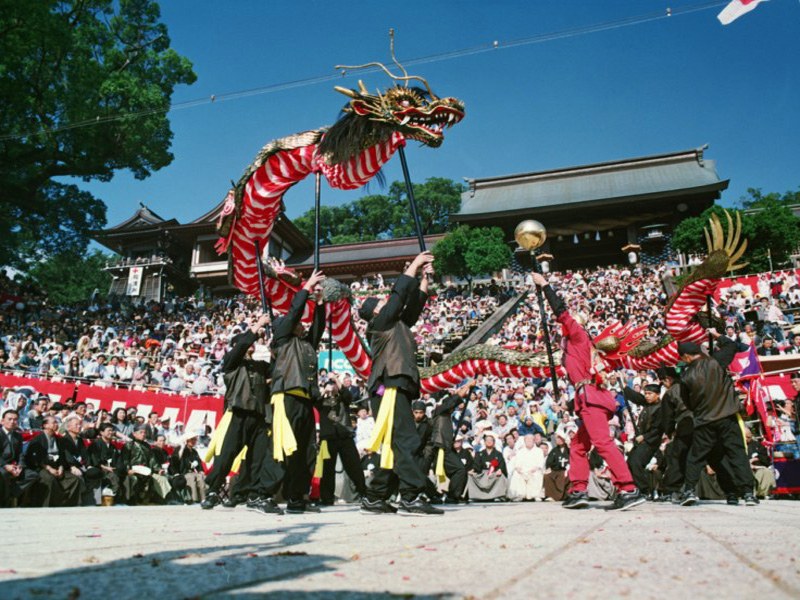 Nagasaki
Nagasaki
Nagasaki listen (help·info)) is the capital and the largest city of Nagasaki Prefecture on the island of Kyushu in Japan. Nagasaki was founded by the Portuguese in the second half of the 16th century on the site of a small fishing village, formerly part of Nishisonogi District. It became a center of Portuguese and other European peoples' influence in the 16th through 19th centuries, and the Churches and Christian Sites in Nagasaki have been proposed for inscription on the UNESCO World Heritage List. Part of Nagasaki was home to a major Imperial Japanese Navy base during the First Sino-Japanese War and Russo-Japanese War. Its name means "long cape".During World War II, the atomic bombings of Hiroshima and Nagasaki made Nagasaki the second and, to date, last city in the world to experience a nuclear attack.[1]
Kyoto
http://en.wikipedia.org/wiki/Kyoto
Kyoto is a city in the central part of the island of Honshu, Japan. It has a population close to 1.5 million. Formerly the imperial capital of Japan for more than one thousand years, it is now the capital of Kyoto Prefecture, as well as a major part of the Kyoto-Osaka-Kobe metropolitan area. With temples, parks, bustling business districts, markets, from regal estates to the tightly-packed neighborhoods, Kyoto is one of the oldest and most famous Asian.
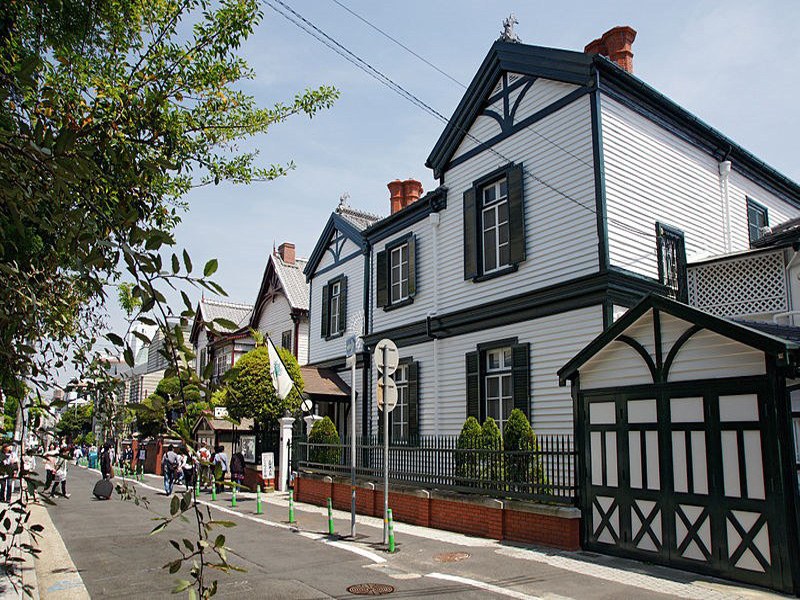 Kobe
Kobe
Kobe is the fifth-largest city in Japan and is the capital city of Hyōgo Prefecture on the southern side of the main island of Honshū, approximately 30 km (19 mi) west of Osaka on the north shore of Osaka Bay. With a population of about 1.5 million, the city is part of the Kyoto-Osaka-Kobe metropolitan area along with Osaka and Kyoto. The earliest written records regarding the region come from the Nihon Shoki, which describes the founding of the Ikuta Shrine by Empress Jingū in AD 201.For most of its history the area was never a single political entity, even during the Tokugawa Period, when the port was controlled directly by the Tokugawa Shogunate. Kobe did not exist in its current form until its founding in 1889. Its name comes from "kanbe", an archaic title for supporters of the city's Ikuta Shrine.Kobe became one of Japan's 17 designated cities in 1956.
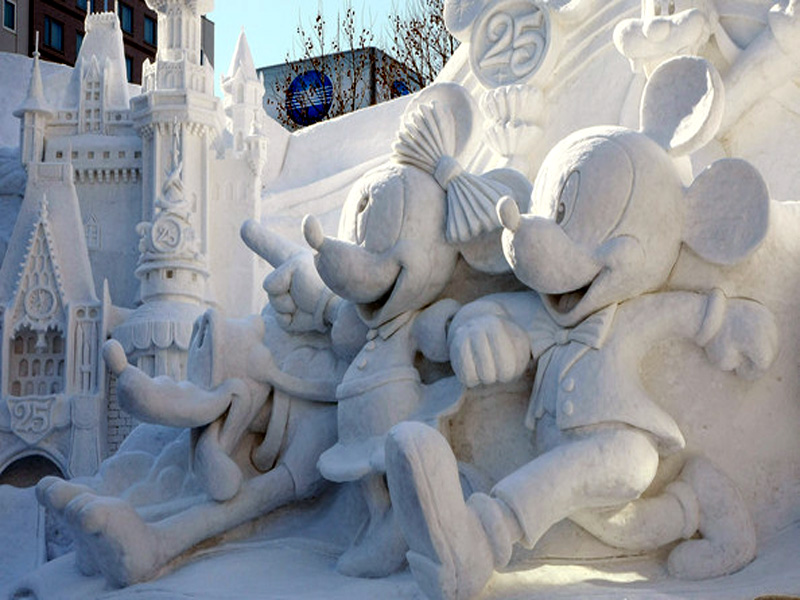 Sapporo
Sapporo
Sapporo (help·info) is the fourth-largest city in Japan by population, and the largest city on the northern Japanese island of Hokkaido. Located in Ishikari Subprefecture, it is the capital of Hokkaido Prefecture, and an ordinance-designated city of Japan.Sapporo is known outside Japan for having hosted the 1972 Winter Olympics, the first ever held in Asia, and for the city's annual Yuki Matsuri, internationally referred to as the Sapporo Snow Festival, which draws more than 2 million tourists from around the world. The city is also home to Sapporo Brewery and the famous white chocolate biscuits called shiroi koibito ("lovers in white").
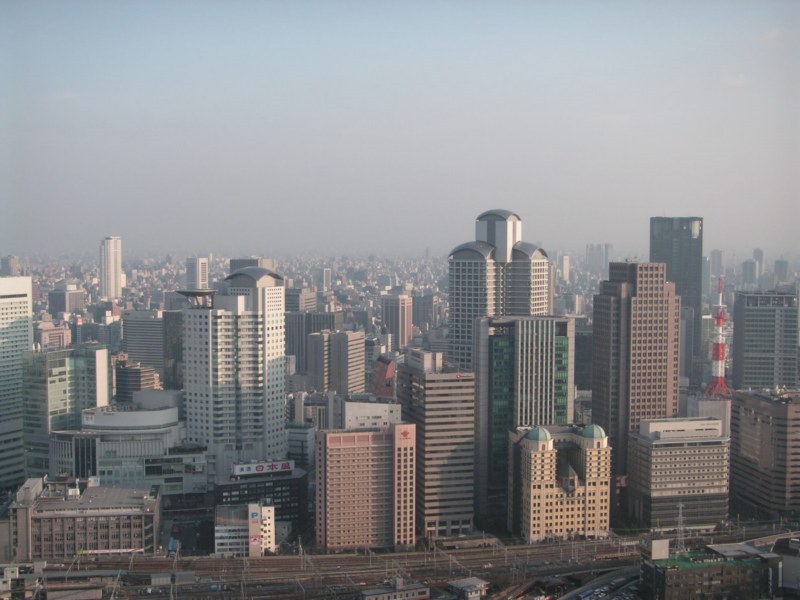 Osaka
Osaka
Osaka (Ōsaka-shi, letterlijk 'grote heuvel') is de op twee na grootste stad van Japan, met ongeveer 2,7 miljoen inwoners. Door het enorme aanbod van scholen, winkels en bedrijven stijgt het "inwoneraantal" van Osaka overdag richting 3,7 miljoen inwoners. In Osaka wordt vaak gesproken over de zogenaamde "dagpopulatie" (3,7 miljoen inwoners) en "nachtpopulatie" (2,7 miljoen inwoners). In de agglomeratie/metropool Groot-Osaka, die naast Osaka ook Kioto en Kobe omvat, wonen 20 miljoen mensen. Osaka is gelegen op Honshu, waar de rivier Yodo uitmondt in de baai van Osaka. De stad is tevens hoofdstad van de gelijknamige prefectuur Osaka.
Nagoya is the largest city in the Chūbu region of Japan. It is the third-largest incorporated city and the fourth most populous urban area in Japan. (Tokyo is not a single incorporated city—see Tokyo for more information on the definition and makeup of Tokyo.)Located on the Pacific coast on central Honshu, it is the capital of Aichi Prefecture and is one of Japan's major ports along with those of Tokyo, Osaka, Kobe, Yokohama, Chiba, and Kitakyushu. It is also the center of Japan's third largest metropolitan region, known as the Chūkyō Metropolitan Area. As of 2000, Chūkyō Metropolitan Area has 8.74 million people, of which 2.27 million live in the city of Nagoya.[3]
 Yokohama
Yokohama
Yokohama is de hoofdstad van de Japanse prefectuur Kanagawa. Het is de op een na grootste stad van Japan en een grote havenstad in Japan, naast die van Nagoya. Op 1 maart 2008 had de stad 3.631.773 inwoners op een oppervlakte van 437,38 km². Het maakt deel uit van Groot-Tokio.
Het publieke en private aanbod aan spoorvervoer in Yokohama regio is groot. De belangrijkste knooppunten binnen de stad zijn station Yokohoma en station Shin-Yokohama. Hier vertrekt een groot aantal lokale en regionale treinen van East Japan Railway Company. Naast JR East en enkele treinen van JR Central zijn nog tal van (half)private spoorwegondernemingen actief, zoals Tokyu, Keikyu en Sotetsu. De metro van Yokohama bestaat uit drie lijnen en kent 45 stations. De groene en blauwe lijn worden geëxploiteerd door het stedelijk vervoersbedrijf. De laatste lijn, die het ontwikkelingsgebied Minato Mirai 21 ontsluit, is in handen van een apart semi-overheidsbedrijf. Dagelijks maken 542.000 reizigers gebruik van de metro.
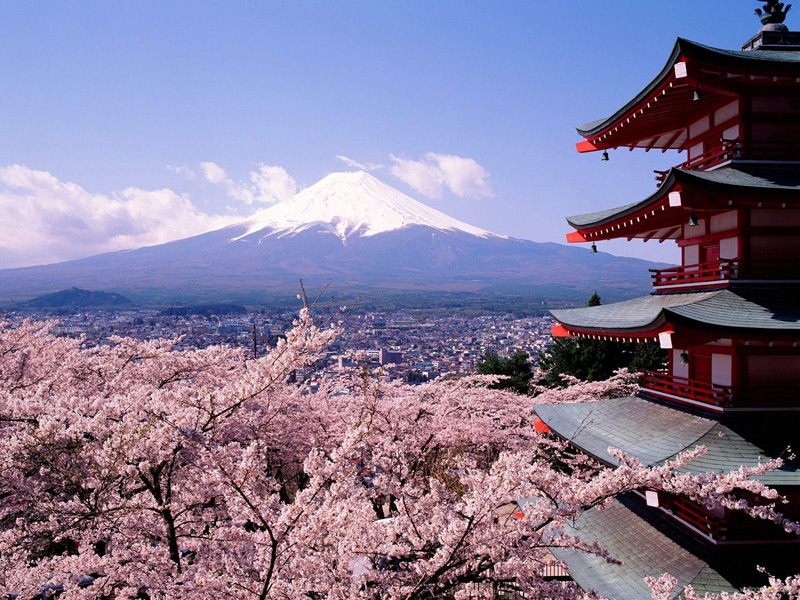 Tokyo
Tokyo
Tokyo (Japanese: [toːkjoː], English /ˈtoʊki.oʊ/), officially Tokyo Metropolis,[4] is one of the 47 prefectures of Japan. Tokyo is the capital of Japan, the center of the Greater Tokyo Area, and the largest metropolitan area in the world.[5] It is the seat of the Japanese government and the Imperial Palace, and the home of the Japanese Imperial Family. Tokyo is in the Kantō region on the southeastern side of the main island Honshu and includes the Izu Islands and Ogasawara Islands.[6] Tokyo Metropolis was formed in 1943 from the merger of the former Tokyo Prefecture (東京府 Tōkyō-fu) and the city of Tokyo (東京市 Tōkyō-shi
General links:
http://www.wajah.asia/index.php?id=gallery&name=japan
https://www.google.nl/search?hl=nl&site=imghp&tbm=isch&source=hp&biw=1152&bih=617&q=Japan&oq=Japan&gs_l=img.3..0l10.3978.6366.0.9756.5.4.0.1.1.0.411.939.2j3-1j1.4.0...0.0...1ac.1.17.img.niMz4S_qWto
 LOGIN
LOGIN
Reset password
Click here to register
Online: 184 Guests, 0 Users
 HITCOUNTER
HITCOUNTER

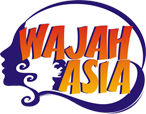



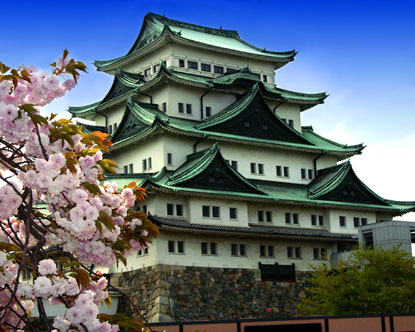
 Previous
Previous
